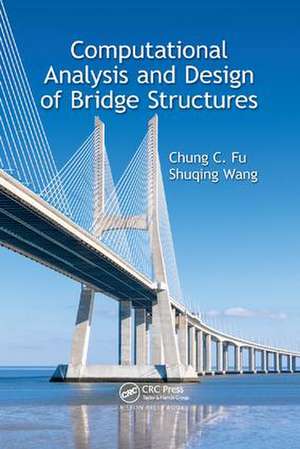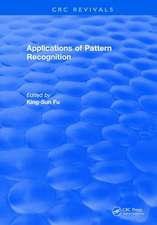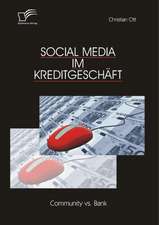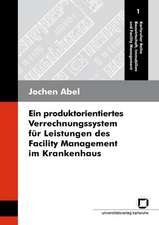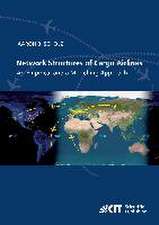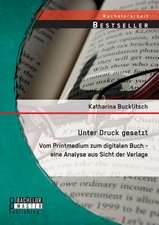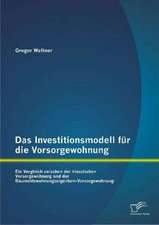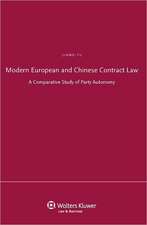Computational Analysis and Design of Bridge Structures
Autor Chung C. Fu, Shuqing Wangen Limba Engleză Paperback – 26 iul 2017
Bridge structures vary considerably in form, size, complexity, and importance. The methods for their computational analysis and design range from approximate to refined analyses, and rapidly improving computer technology has made the more refined and complex methods of analyses more commonplace. The key methods of analysis and related modeling techniques are set out, mainly for highway bridges, but also with some information on railway bridges. Special topics such as strut-and-tie modeling, linear and nonlinear buckling analysis, redundancy analysis, integral bridges, dynamic/earthquake analysis, and bridge geometry are also covered. The material is largely code independent. The book is written for students, especially at MSc level, and for practicing professionals in bridge design offices and bridge design authorities worldwide.
Effectively Analyze Structures Using Simple Mathematical Models
Divided into three parts and comprised of 18 chapters, this text:
- Covers the methods of computational analysis and design suitable for bridge structures
- Provides information on the methods of analysis and related modeling techniques suitable for the design and evaluation of various types of bridges
- Presents material on a wide range of bridge structural types and is fairly code independent
Preț: 504.69 lei
Preț vechi: 670.16 lei
-25% Nou
Puncte Express: 757
Preț estimativ în valută:
96.58€ • 103.27$ • 80.52£
96.58€ • 103.27$ • 80.52£
Carte tipărită la comandă
Livrare economică 18 aprilie-02 mai
Preluare comenzi: 021 569.72.76
Specificații
ISBN-13: 9781138748378
ISBN-10: 1138748374
Pagini: 631
Ilustrații: 405
Dimensiuni: 156 x 234 x 47 mm
Greutate: 0.88 kg
Ediția:1
Editura: CRC Press
Colecția CRC Press
ISBN-10: 1138748374
Pagini: 631
Ilustrații: 405
Dimensiuni: 156 x 234 x 47 mm
Greutate: 0.88 kg
Ediția:1
Editura: CRC Press
Colecția CRC Press
Cuprins
Part I. General. Introduction. Approximate and refined analysis methods. Numerical methods in bridge structure analysis. Part II. Bridge behavior and modeling. Reinforced concrete bridges. Prestressed/post-tensioned concrete bridges. Curved concrete bridges. Straight and curved steel I-girder bridges. Straight and curved steel box girder bridges. Arch bridges. Steel truss bridges. Cable-stayed bridges. Suspension bridges. Part III. Special topics of bridges. Strut-and-tie modeling. Stability. Redundancy analysis. Integral bridges. Dynamic/earthquake analysis. Bridge geometry. References. Index.
Notă biografică
Chung C. Fu, PhD, PE, FASCE, is research professor and bridge consultant, and director of the Bridge Engineering Software and Technology (BEST) Center at the University of Maryland, College Park, Maryland. His publications include 50 referred publications, 20 publications, more than 100 presentations and conference proceedings, and 50 public technical reports. His areas of expertise cover all types of structural engineering, bridge engineering, earthquake engineering, computer application in structures, finite element analysis, ultra high-performance concrete, steel and composite applications, including fiber-reinforced polymer and high-performance steel for innovative bridge research and construction, bridge management, testing (material and structural), and nondestructive evaluation applications.
Shuqing Wang, PhD, PE, is a senior GIS specialist on contract with the Federal Highway Administration; research fellow/bridge consultant in bridge software development and structural analysis at the BEST Center, University of Maryland, College Park, Maryland; and former director of the Bridge CAD Division at the Department of Bridge Engineering, Tongji University, People’s Republic of China. His areas of expertise span from leading-edge software technologies to bridge engineering practices, especially modern bridge modeling and structural analysis system development. His research interests now focus on visualizing structural behavior in real time and representing bridge geometric and mechanics models in three dimensions.
Shuqing Wang, PhD, PE, is a senior GIS specialist on contract with the Federal Highway Administration; research fellow/bridge consultant in bridge software development and structural analysis at the BEST Center, University of Maryland, College Park, Maryland; and former director of the Bridge CAD Division at the Department of Bridge Engineering, Tongji University, People’s Republic of China. His areas of expertise span from leading-edge software technologies to bridge engineering practices, especially modern bridge modeling and structural analysis system development. His research interests now focus on visualizing structural behavior in real time and representing bridge geometric and mechanics models in three dimensions.
Recenzii
"With the increasing complexity of bridges today, bridge engineers require more contemporary references on the topic of bridge analysis. This book provides a great desktop reference for the entry-level to the seasoned bridge engineer. The authors have provided a great balance in theory and application to cover the spectrum of bridge types we design, rehabilitate, preserve, and repair in the industry today. The analysis of bridges continues to evolve to meet the complexity of today’s bridges - this book will serve as a vital tool to bridge engineers challenged with implementing a more refined analysis."
—Shane R. Beabes, PE, AECOM, District Chief Engineer – Bridges, Associate Vice President Chair - AASHTO / NSBA Joint Collaboration Committee
"Modern bridge design has evolved, along with the technology of computers, exponentially in our time. The expertise offered by these authors in this book will be invaluable to anyone interested in learning modern bridge design thru computer modeling. All of the available options for computer modeling are discussed along with their pros and cons, and are demonstrated with examples and powerful graphics. …The application of today's computer technology to the art of bridge design can be a big challenge. This book lays out the available options and their limitations, for the use of computer modeling in designing virtually all types of bridge components, structure types and span lengths."
—William J. Moreau, P.E., New York State Bridge Authority, USA
—Shane R. Beabes, PE, AECOM, District Chief Engineer – Bridges, Associate Vice President Chair - AASHTO / NSBA Joint Collaboration Committee
"Modern bridge design has evolved, along with the technology of computers, exponentially in our time. The expertise offered by these authors in this book will be invaluable to anyone interested in learning modern bridge design thru computer modeling. All of the available options for computer modeling are discussed along with their pros and cons, and are demonstrated with examples and powerful graphics. …The application of today's computer technology to the art of bridge design can be a big challenge. This book lays out the available options and their limitations, for the use of computer modeling in designing virtually all types of bridge components, structure types and span lengths."
—William J. Moreau, P.E., New York State Bridge Authority, USA
Descriere
The book provides information on the methods of analysis and related modeling techniques suitable for the design and evaluation of various types of bridges. For the purpose of analysis, this text also covers several special topics such as strut-and-tie modeling, linear and nonlinear buckling analysis, redundancy analysis, integral bridges, dynamic/earthquake analysis, and bridge geometry. The book is mainly focused on highway bridges, although some information is provided for railway bridges.
